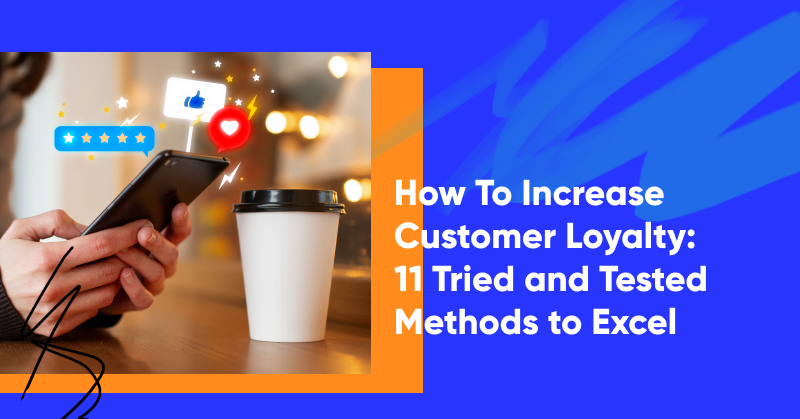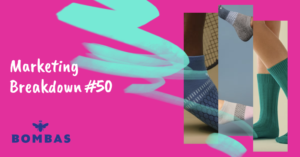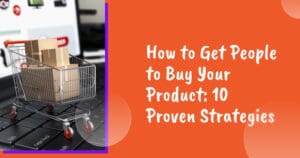Why is customer loyalty the secret sauce for online stores in 2023’s hyper-competitive landscape?
While attracting new customers is a tough challenge, retaining them and fostering repeat purchases can be a cost-effective game-changer. Moreover, your loyal customers hold the potential to wield their influence as brand advocates, both online and off.
Ready to uncover the strategies to master customer loyalty and boost customer lifetime value? Read on!
Why does customer loyalty matter?
There are many reasons why you should go out of your way to promote customer loyalty, from the value of building customer relationships to better performance for your referral programs. And once you’ve provided a customer with positive experiences over an extended period of time, they tend to remain loyal in the long term.
Here are the top 4 benefits of cultivating customer loyalty:
- Steady revenue stream: Repeat customers typically spend in a regular manner, meaning that you can rely on their typical purchases every week, month, or year (depending on your industry).
- Cost-Efficiency: Marketing to existing customers is much less expensive than pursuing new customers because you can leverage an existing customer’s awareness of your brand, positive experiences with your brand, and the customer data you’ve collected over time.
- Brand advocacy: Long-term customers feel invested in your brand, which means they are very likely to spread positive word-of-mouth about your brand. This can lead to more customers finding out about you.
- Resilience in turbulent times: When you have an established customer relationship with a committed customer, they’re going to stick with you even when the going gets tough.
How to cultivate customer loyalty?
Now that you know why it’s important to cultivate customer loyalty, let’s see how you can do it using these 11 high-performing business practices.
1. Use personalized offers for your loyal customers
Providing personalized experiences is one of the best ways to build customer loyalty because your visitors will feel like you’re having a one-to-one conversation with them. Personalization runs on customer data, so it’s important to gather data from your customers.
In adition, implementing an effective ELT pipeline aids data-driven decisions by processing large data volumes, minimizing assumptions from limited data points.
The easiest way to gather data about your new customers is to ask a segmentation question whenever someone signs up for your newsletter, just like Crown & Paw did below.
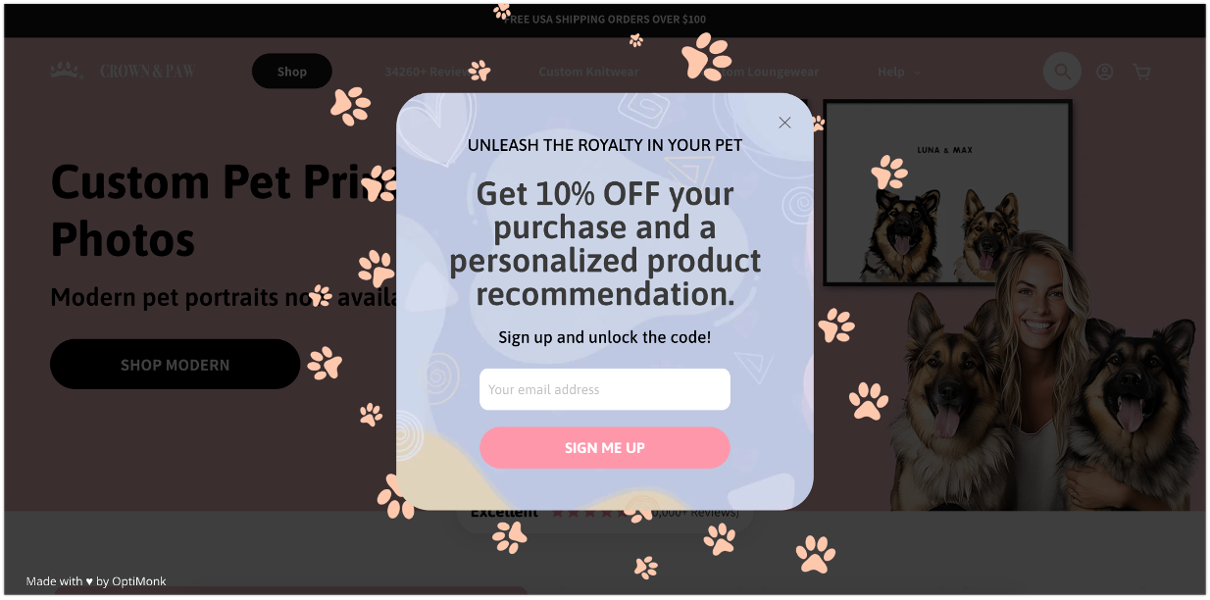
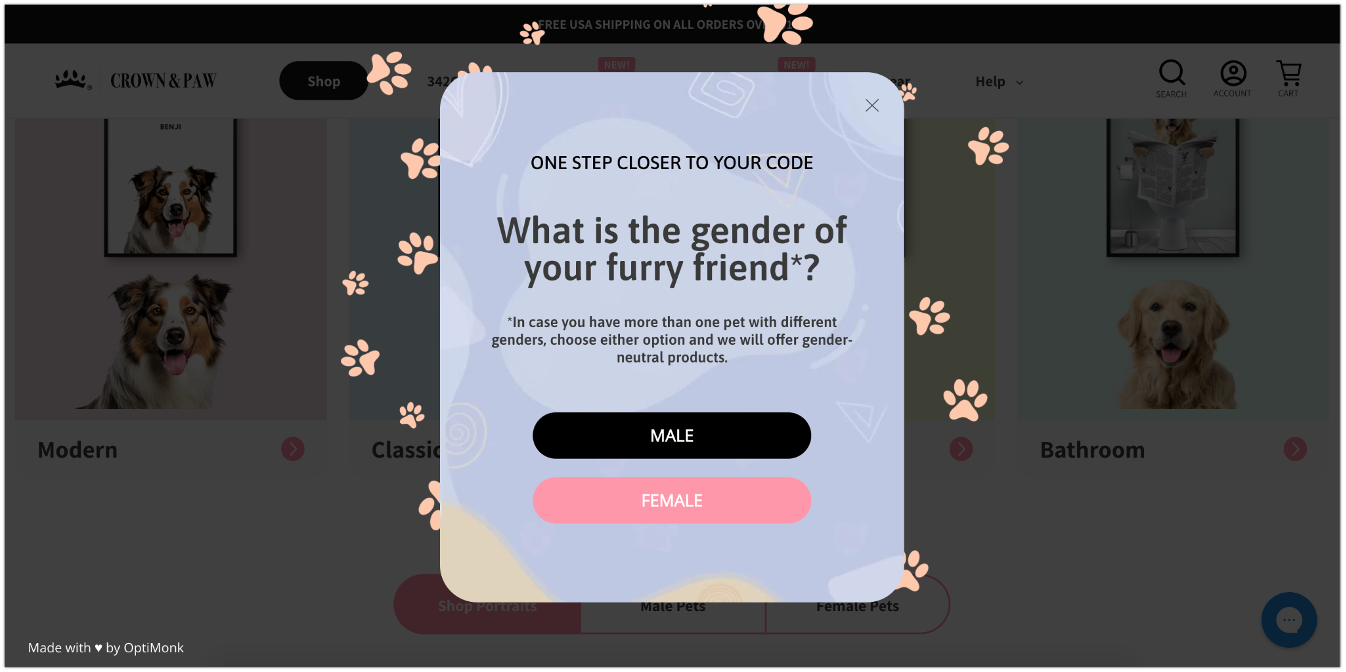
Knowing this information about them and using it to display personalized product recommendations (not just immediately after they subscribe, but also in the future) is a great way to increase loyalty.
2. Exceptional customer service
It’s impossible to improve customer loyalty without providing prompt, courteous customer service. Address customer issues and complaints swiftly and effectively, and make sure that your customers feel valued.
Zappos, an online retail company, does a lot to ensure that customers can easily resolve their issues. They thoroughly explain their free shipping offer, promote their generous return policy, and make sure that people know that they have 24/7 customer support. This all adds up to a hassle-free shopping experience.
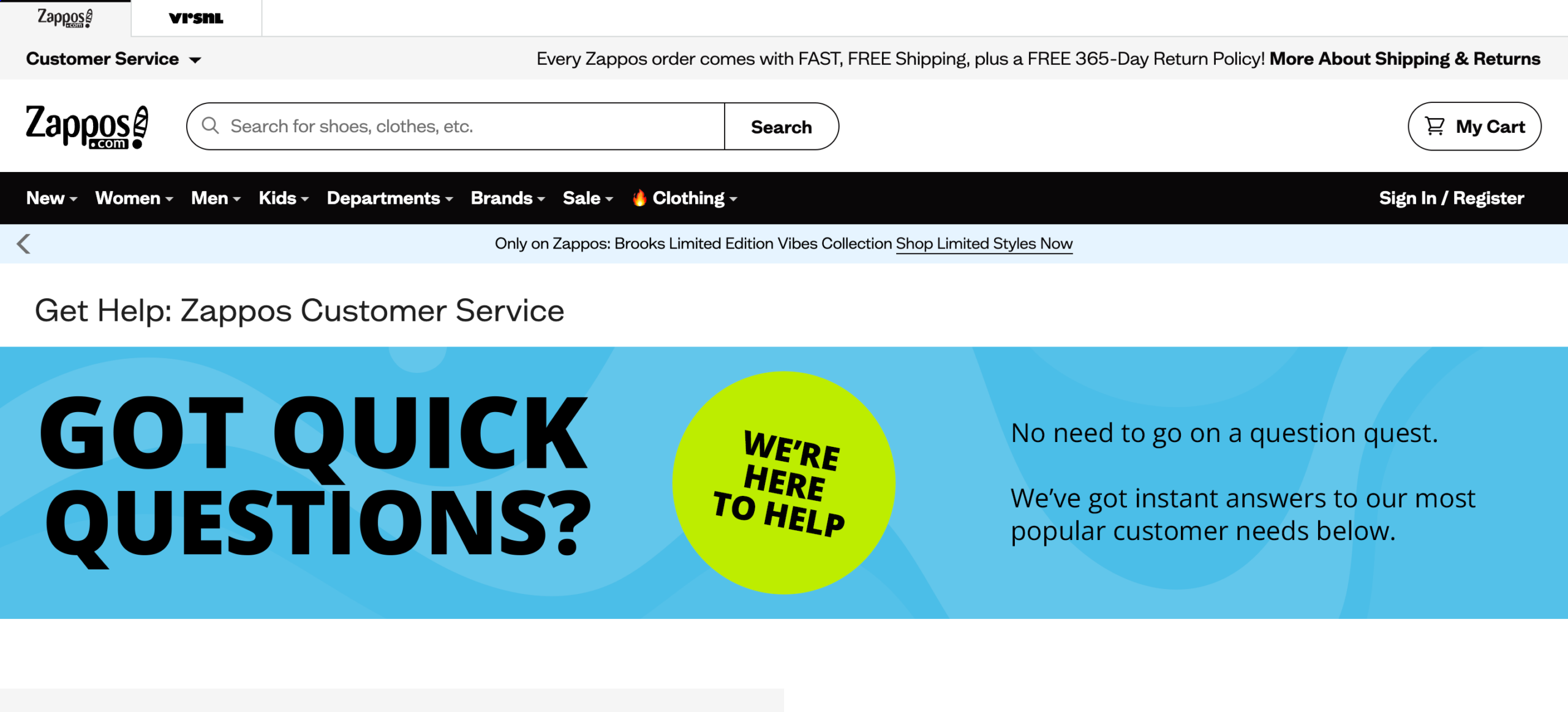
3. Consistent brand experience
Creating a consistent customer experience over time is one of the keys to retaining customers. It’s difficult to build customer loyalty if your customers get confused or don’t know what to expect from you!
Ensure that you create a consistent brand image and message, both over time and on different touchpoints. Your existing customers probably won’t appreciate it when something they love about your brand suddenly changes!
You should try to create a memorable, positive brand experience for all your customers. You can use a classic brand like Coca-Cola as inspiration for maintaining a consistent brand image and message.
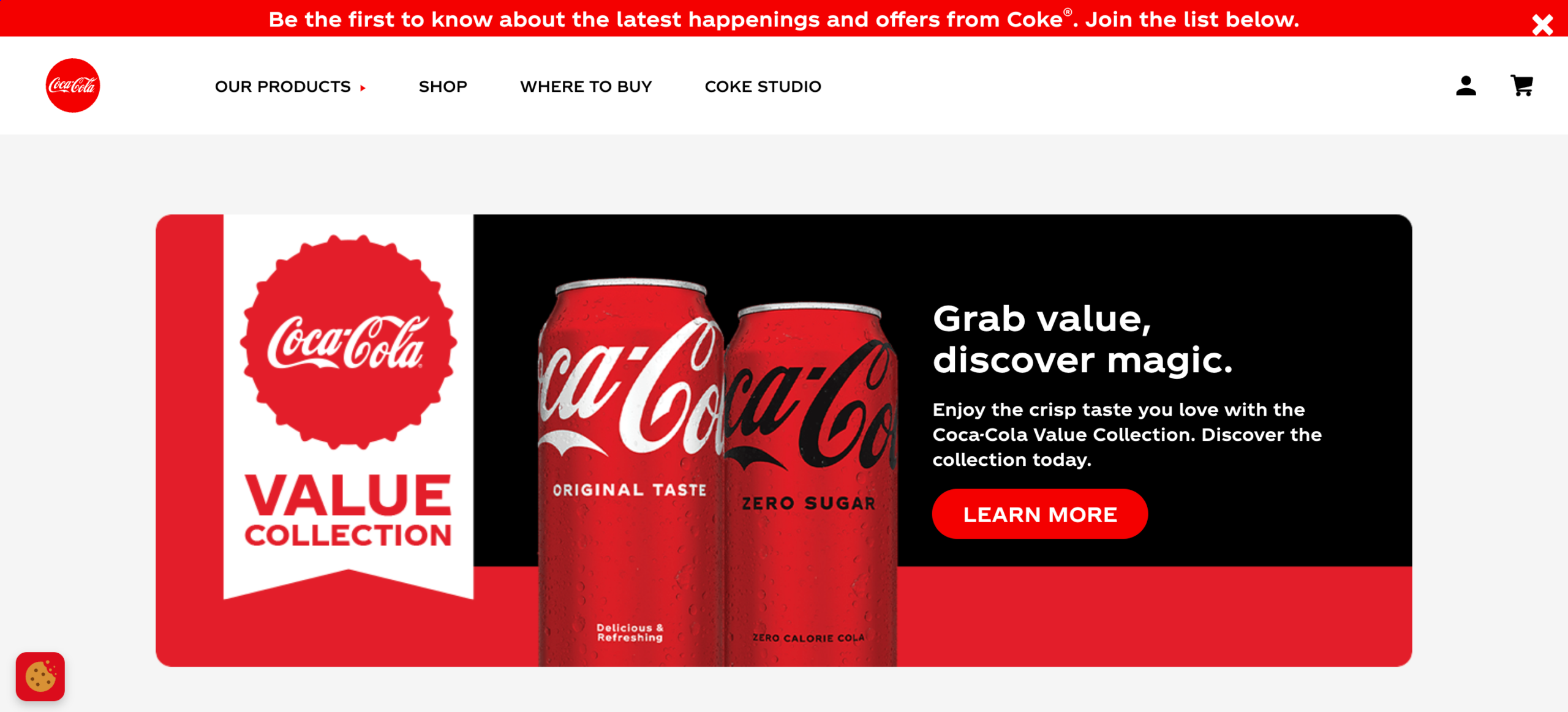
4. High-quality products and services
This (almost) goes without saying, but nothing encourages customers to commit to a brand like high-quality products and services.
Tesla consistently delivers high-quality electric vehicles and cutting-edge technology, earning their customers’ loyalty through innovation and performance.
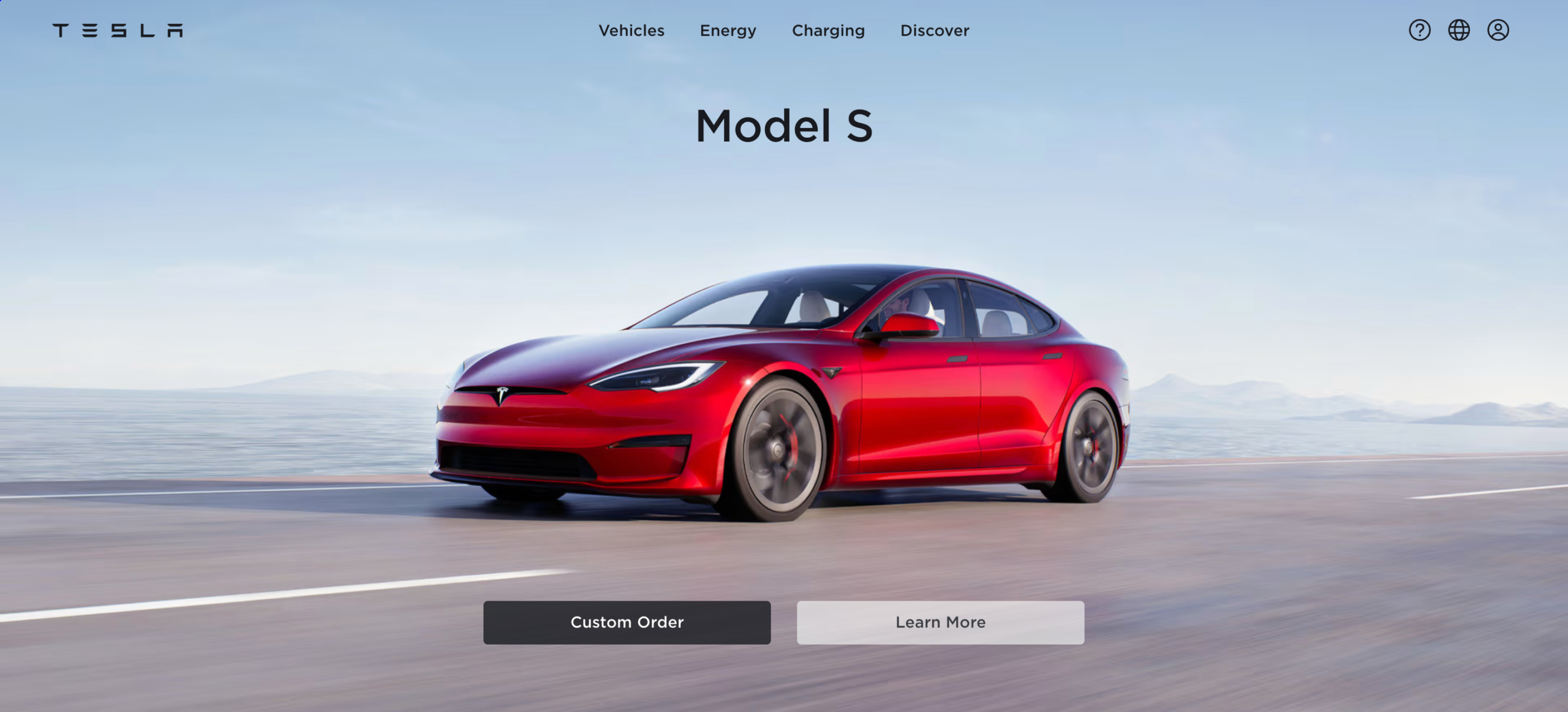
5. Customer loyalty program
Meaningful customer loyalty programs can simultaneously boost customer engagement, brand loyalty, and repeat business. It’s a good idea to use a point system for your rewards programs that not only kicks in for purchases, but also for other forms of engagement that you want to encourage.
You can also personalize rewards based on customer preferences. It’s a pleasant surprise when a loyal customer receives their favorite item as a perk!
Starbucks’ rewards program offers free drinks, personalized offers, and early access to new products, all of which incentivize frequent visits and engagement.
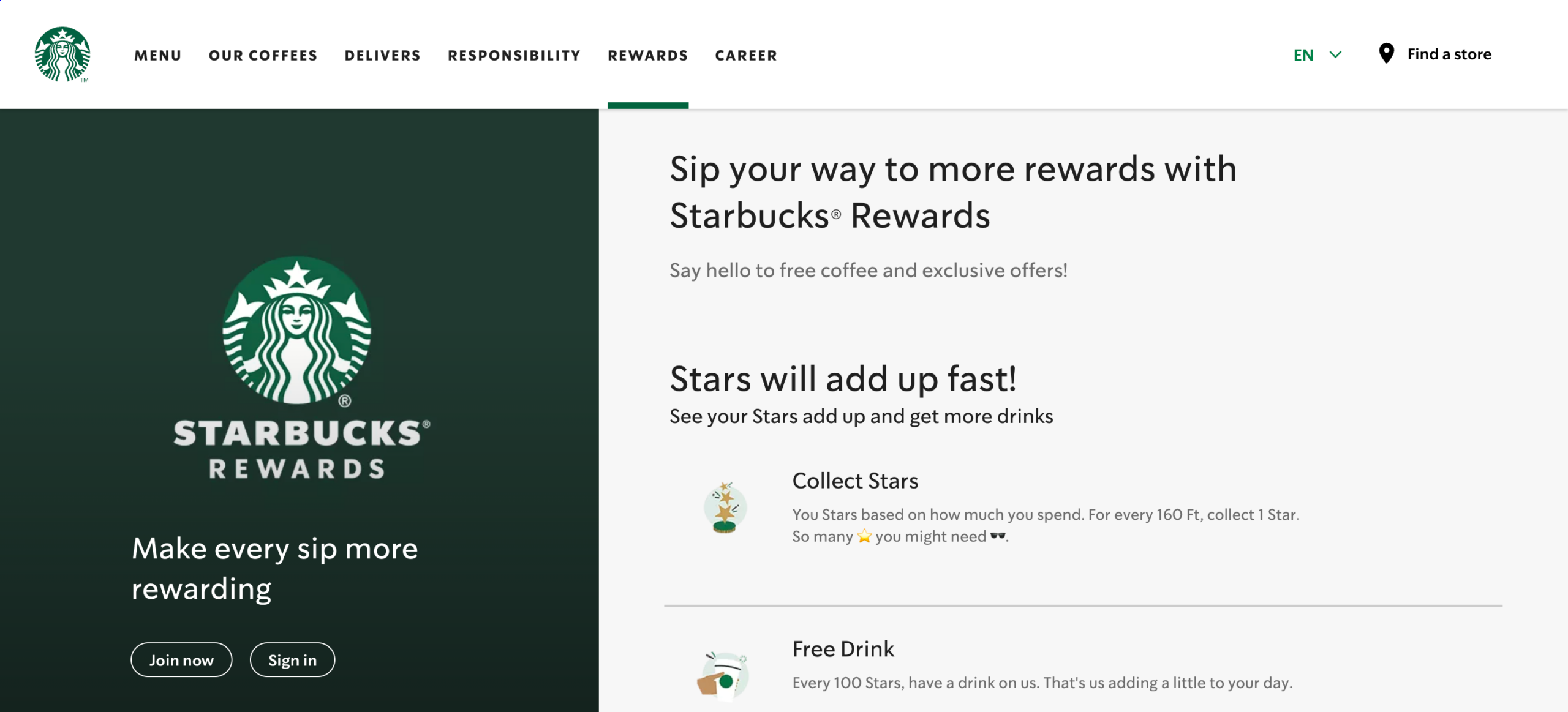
6. Engaging content and communication
If you want to improve loyalty, people need to know about your loyalty points systems or whatever else you use to drive loyalty.
That’s why you should create informative, engaging content across your social media channels. This will keep customers informed about special deals, free shipping, or if you launch new products or services, which gives them a reason to return and make another purchase.
Obvi offers different supplements for their customers and promotes them on various channels. Their Instagram page is a great source of information about their products.
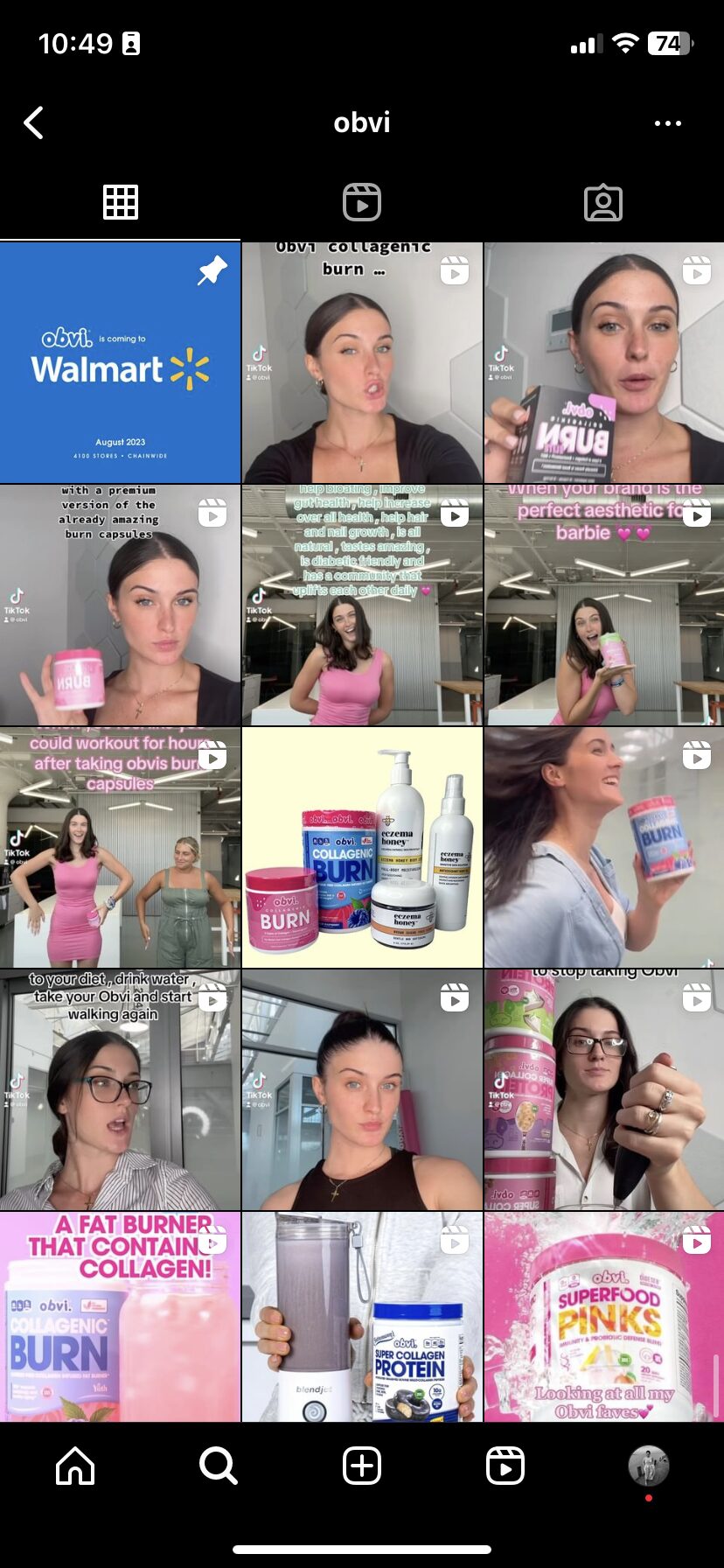
7. Solicit and act on feedback
It’s difficult to know what steps you should take to improve customer loyalty unless you ask for feedback from your users. When you encourage customers to provide feedback and then you actually act on that feedback to improve your products and services, your customers feel valued and listened to.
Booking.com encourages users to provide feedback and reviews on hotels and restaurants, which helps others make informed decisions and improves the platform.
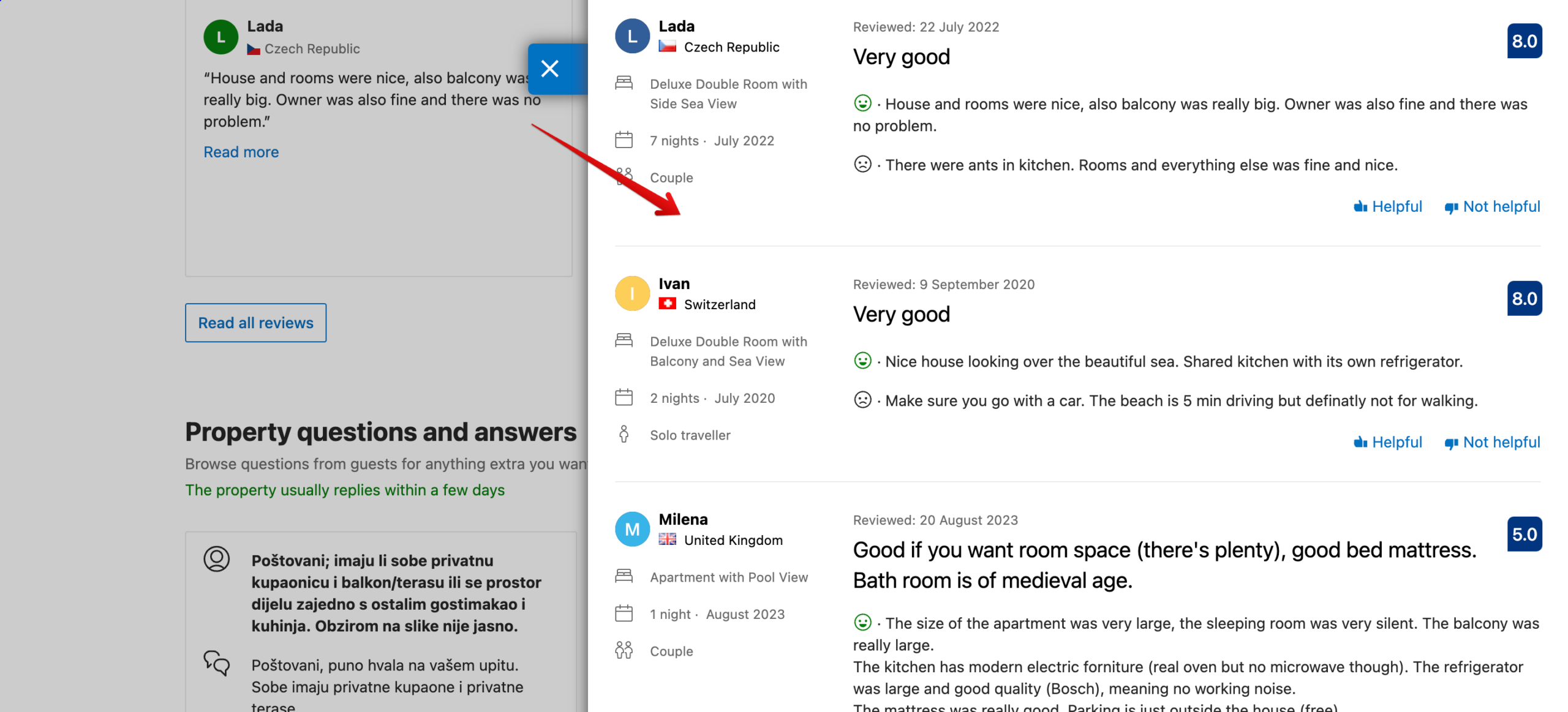
8. Community building
Fostering a sense of community among your customers is an important way to build loyalty. You can do this by creating opportunities for your customers to connect with one another, ideally with fun activities like photo contests on social media or running referral marketing campaigns.
Lululemon supports a sense of community through yoga classes and events in its stores, creating a lifestyle brand that connects with its customers.
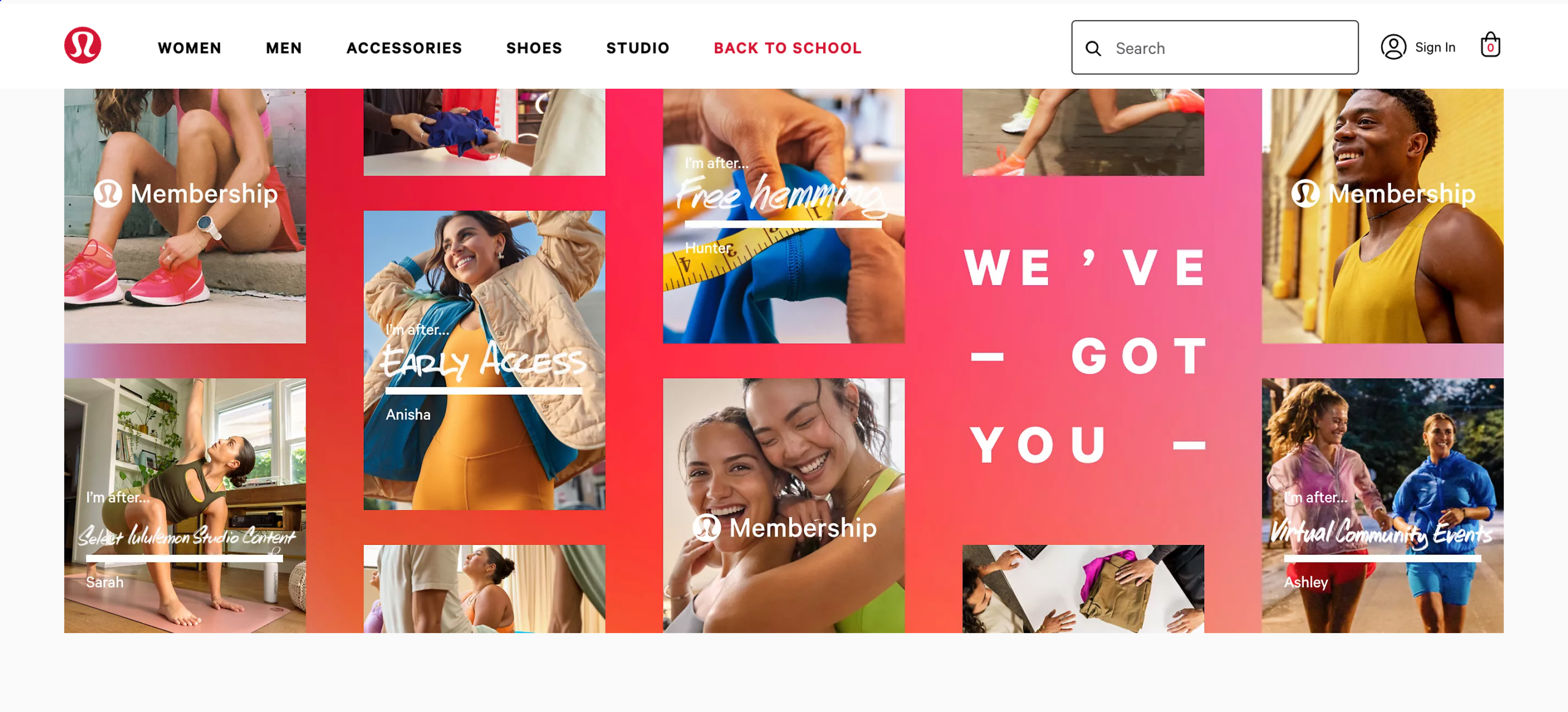
9. Referral programs
Encouraging satisfied customers to refer friends and family is a no-brainer. For very little investment, a referral program can bring in tons of new leads. The best part is that these new customers are likely to stick around because your brand comes recommended from someone they trust.
Check out how Airbnb users can refer friends to the platform. When those friends book their first stay, both the referrer and the referee receive travel credits.
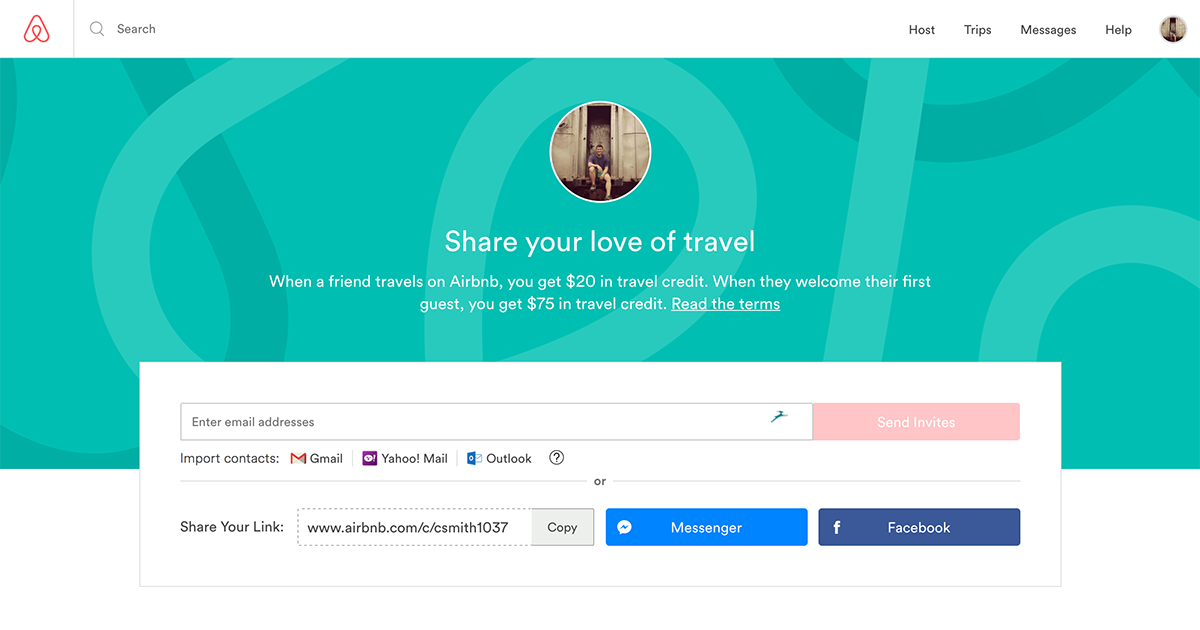
10. VIP programs
Create a VIP tier with exclusive perks within your customer loyalty program to motivate your customers to keep buying. The more money someone spends while interacting with your brand, the more they should be rewarded. Tiered programs also give users a sense that they’re special, which everyone likes.
Tarte Cosmetics, a makeup and skincare brand, offers a loyalty program called “Tarte Rewards.” VIP members also enjoy early access to sales and new product launches, enhancing customer loyalty.
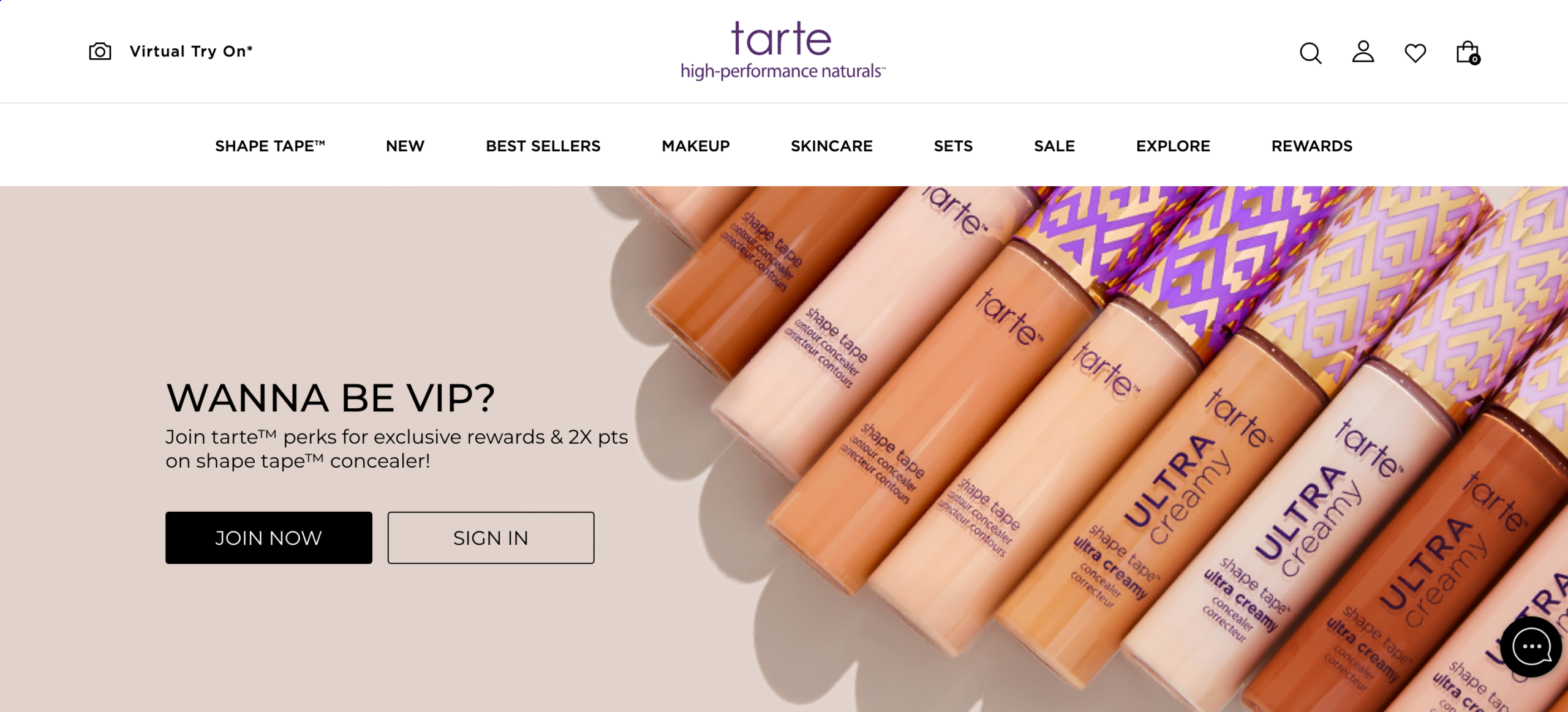
11. Gamification
You can improve the customer experience by incorporating gamification elements into your loyalty program. When people feel like they can have fun and save money by participating in your rewards program, you won’t have any trouble convincing users to continue purchasing from you.
Nike’s Run Club app incorporates gamification elements to motivate users to stay active and show off their Nike gear.

5 brand examples of customer loyalty
Now that we’ve seen some of the best ways to increase loyalty, let’s take a look at how a few more successful businesses have generated repeat business over the years.
1. Costco
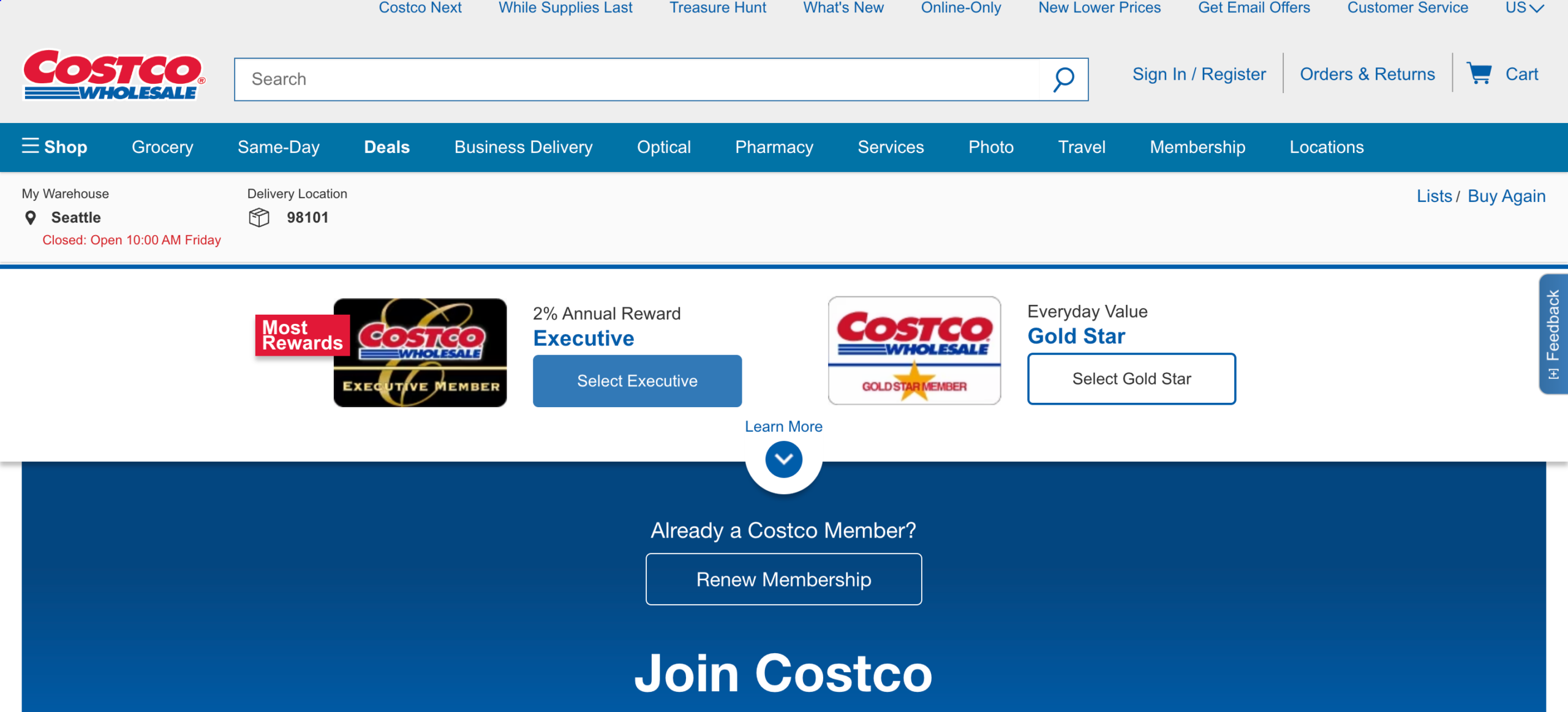
Costco members are intensely loyal to the brand, paying an annual fee to access savings. In return, they get exclusive access to discounts.
2. Amazon Prime
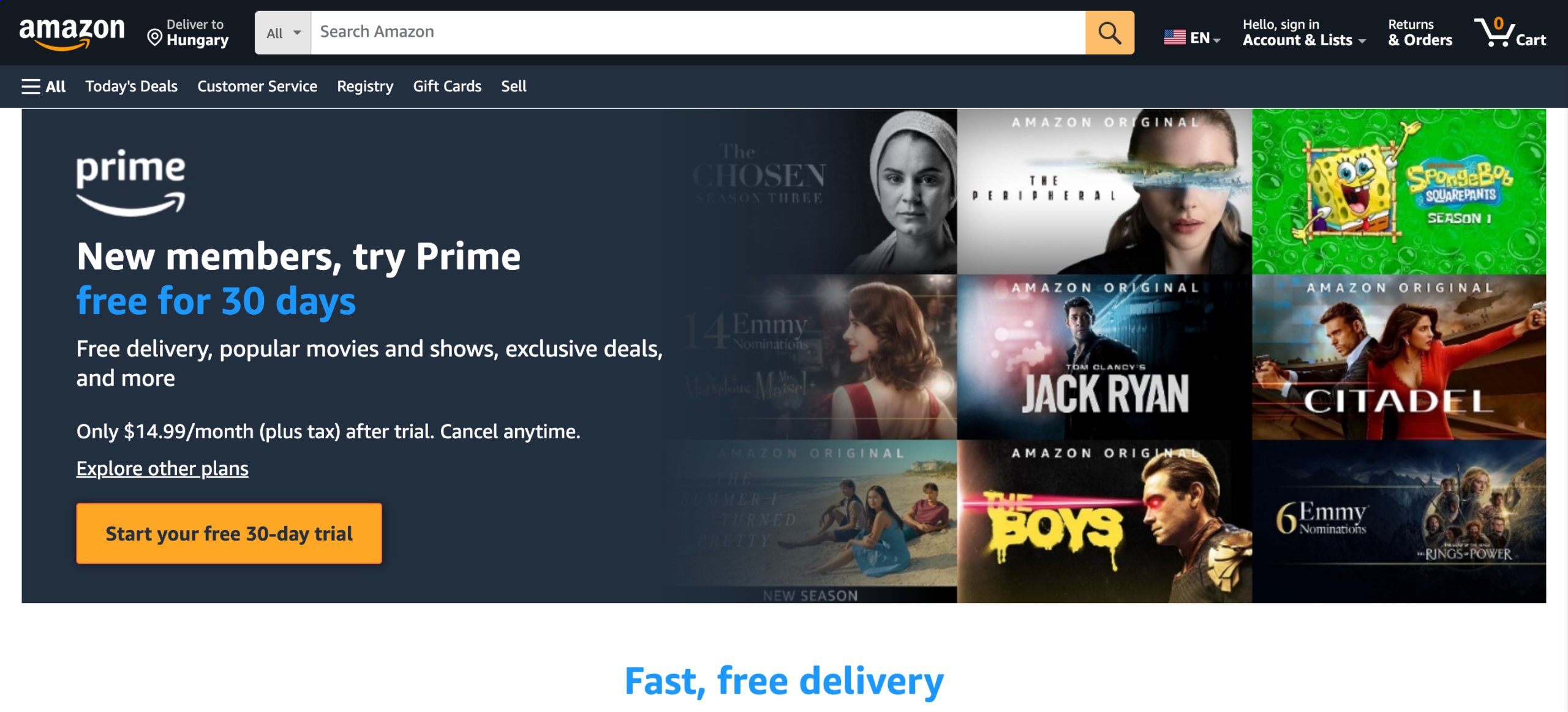
Amazon has created one of the most successful loyalty programs of all time with Amazon Prime. Members enjoy fast, free shipping, access to streaming services, exclusive deals, and more.
3. SouthWest Airlines
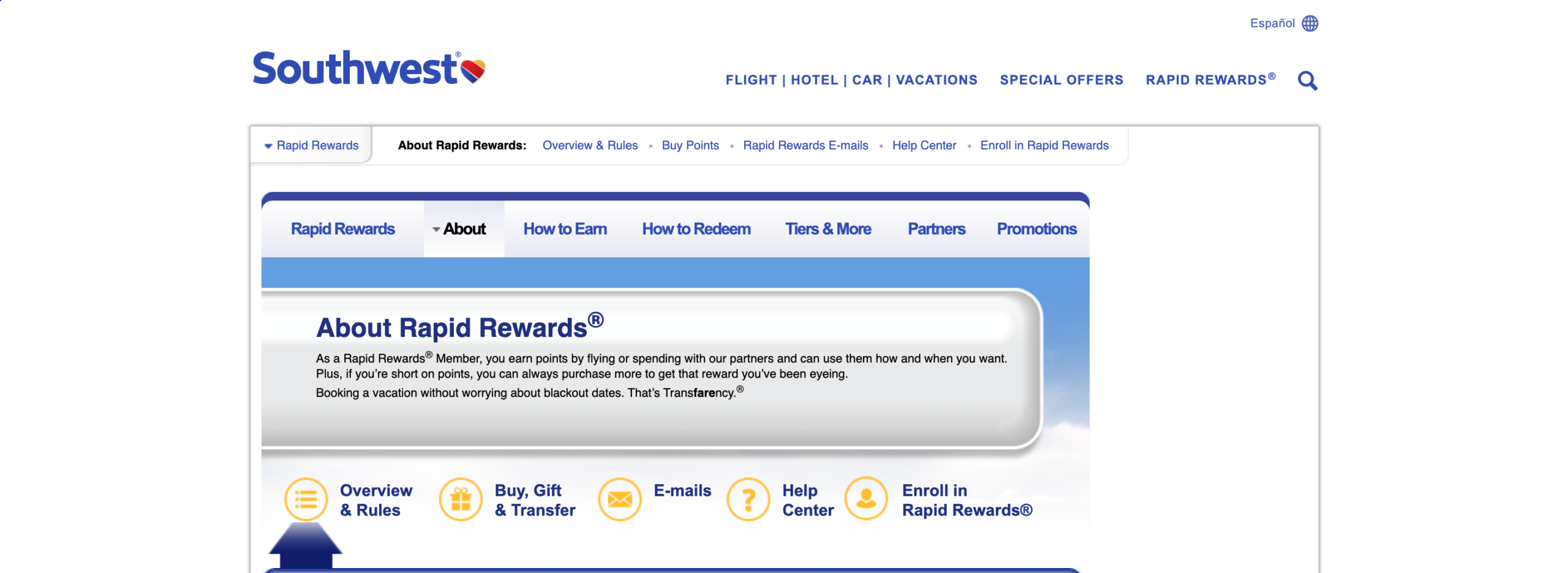
SouthWest Airlines builds customer loyalty with an excellent points system. All the points a customer earns are directly tied to the price of the ticket they buy, which makes it easy for customers to understand and engage with the program.
4. Nike
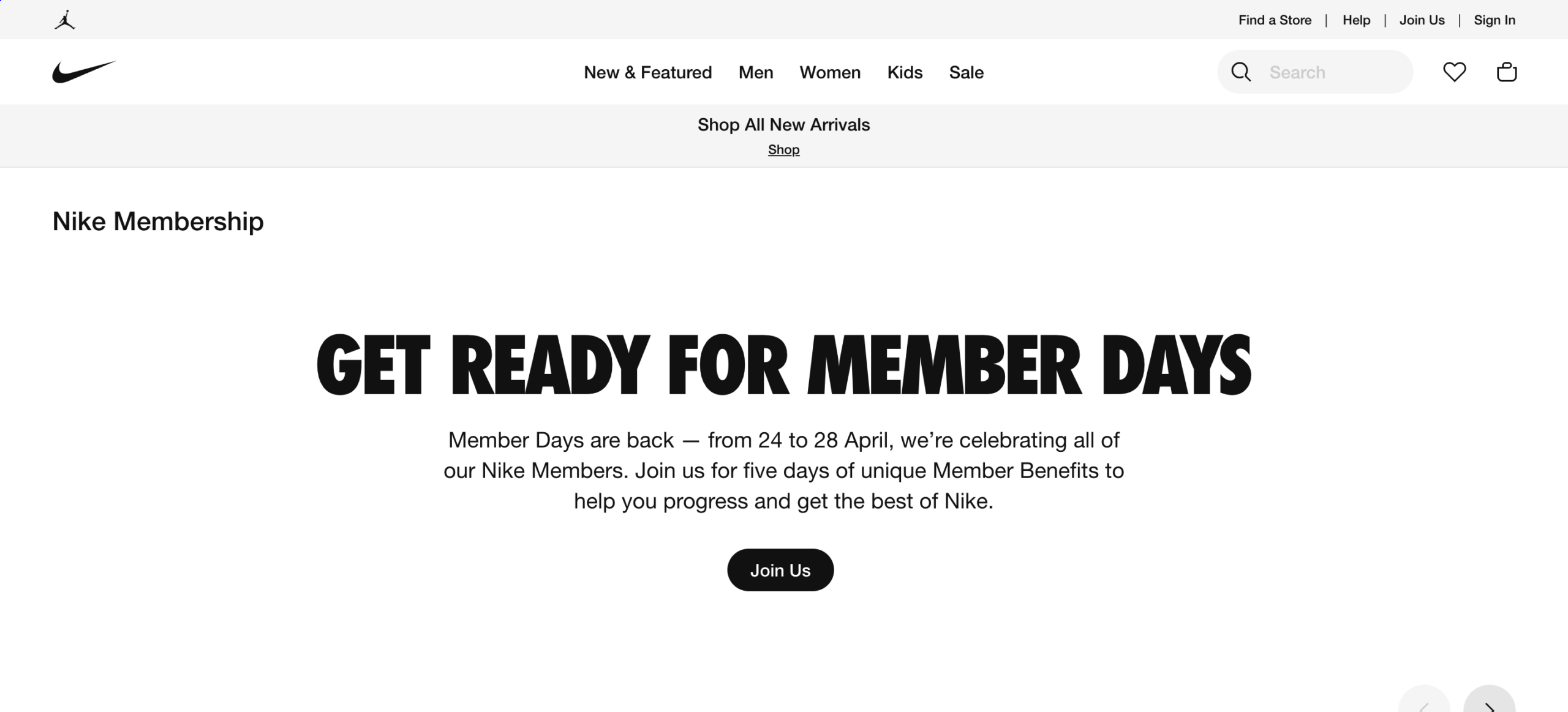
Nike’s NikePlus loyalty program offers exclusive products, early access to releases, and personalized content to its members. As such a culturally important brand, they often retain customers for life.
5. Sephora
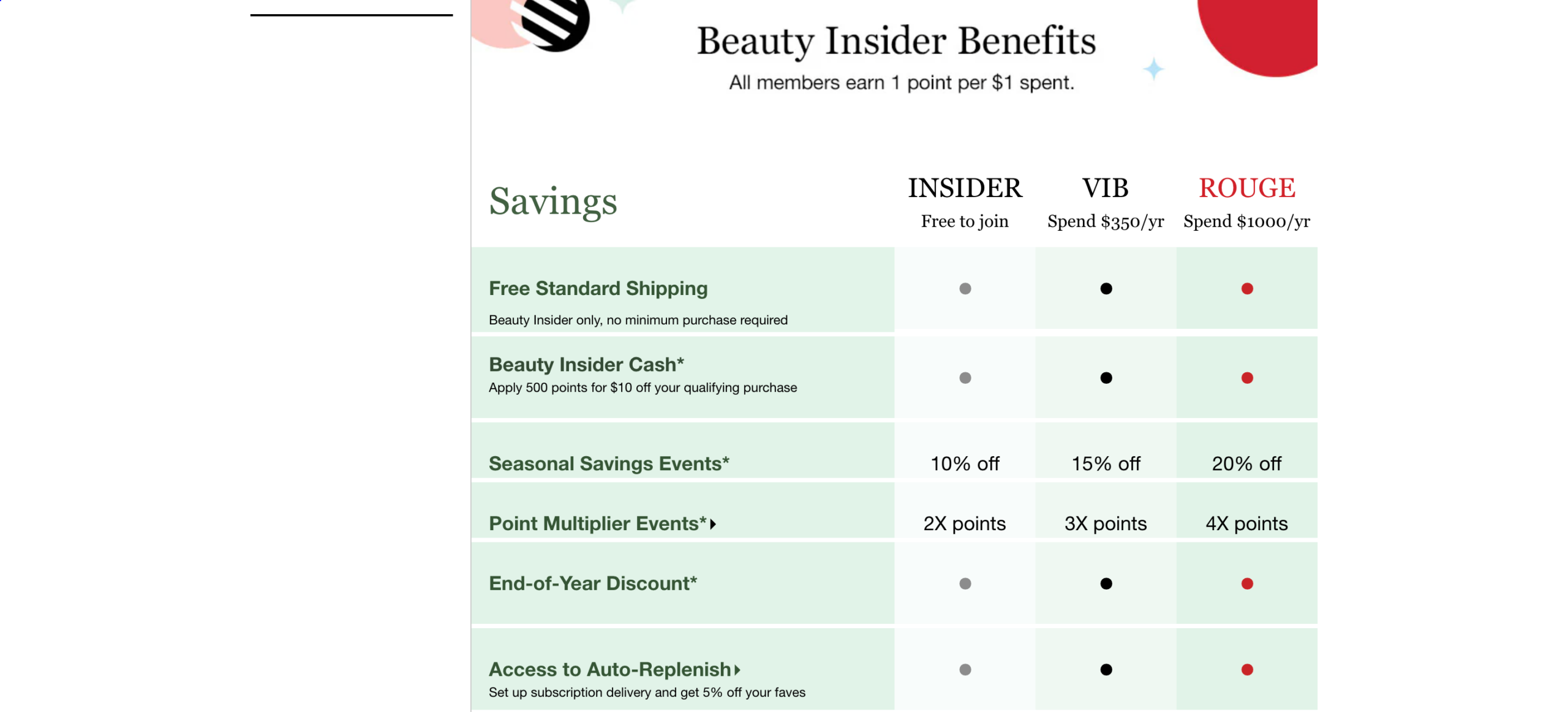
Sephora offers 3 different options when it comes to loyalty programs: Insider, VIB and Rouge. Sephora’s Beauty Insider program rewards customers with points for every dollar spent, which they can redeem for beauty products.
3 extra tips to increase customer satisfaction
Happy customers = loyal customers. Here are 3 additional tips you can implement to ensure customer satisfaction and nurture lasting relationships!
1. Act on customer feedback
While we mentioned it above, we really want to double down on the importance of responding to feedback.
Every time someone takes the time to inform you of an issue, you can be sure that many others have experienced the same thing but haven’t reached out to you.
Once you collect customer feedback, don’t just file it away—act on it!
2. Resolve issues proactively
You can also proactively identify issues that might be preventing new customers from becoming loyal customers. Instead of waiting for a complaint, monitor signs of dissatisfaction such as cart abandonment or declining engagement.
These signs can tell you that something is wrong and that it’s time to investigate.
3. Streamline the customer experience
If you consider customer loyalty important, make sure you simplify the customer journey by removing unnecessary steps or complications. Every extra step can lead to frustration and fewer purchases.
Make sure that your entire sales funnel is optimized for ease of use, ensuring that more customers make it to the end and get to experience the value that your brand provides.
FAQ
How do I measure customer loyalty?
Customer loyalty can be measured through metrics like Net Promoter Score (NPS), Customer Satisfaction (CSAT) scores, customer retention rates, repeat purchase rates, and the analysis of customer feedback and reviews.
What are some common challenges in building customer loyalty?
Customer loyalty can be measured through metrics like Net Promoter Score (NPS), Customer Satisfaction (CSAT) scores, customer retention rates, repeat purchase rates, and the analysis of customer feedback and reviews.
What are the key benefits of customer loyalty?
The benefits of customer loyalty include increased revenue from repeat purchases, reduced marketing costs, strong brand advocacy, resilience during economic downturns, and the potential for valuable customer feedback.
What are the four C’s of customer loyalty?
Improving customer loyalty can be broken down into the “four C’s.” If you can get an existing customer to engage in these four behaviors, you have a loyal customer who will stick with your brand in the long term.
- Commitment: Loyal customers strongly commit to their favorite brand.
- Consistency: Loyal customers will consistently choose your brand for their needs.
- Contentment: Loyal customers are content with their purchases.
- Contribution: Loyal customers actively contribute to your brand’s success.
Building customer loyalty means ensuring that all your visitors receive the very best customer experience at every stage of the sales funnel and throughout all your post-purchase interactions.
Final thoughts
We hope you’ve gathered some useful insights about how to gain more repeat customers and build customer loyalty. As you’ve seen above, there are lots of ways to improve customer loyalty on your site and ensure your customers stay excited about your brand in the long term.
If you’d like to use website personalization and on-site messaging to build customer loyalty, sign up for a free trial from OptiMonk today!
